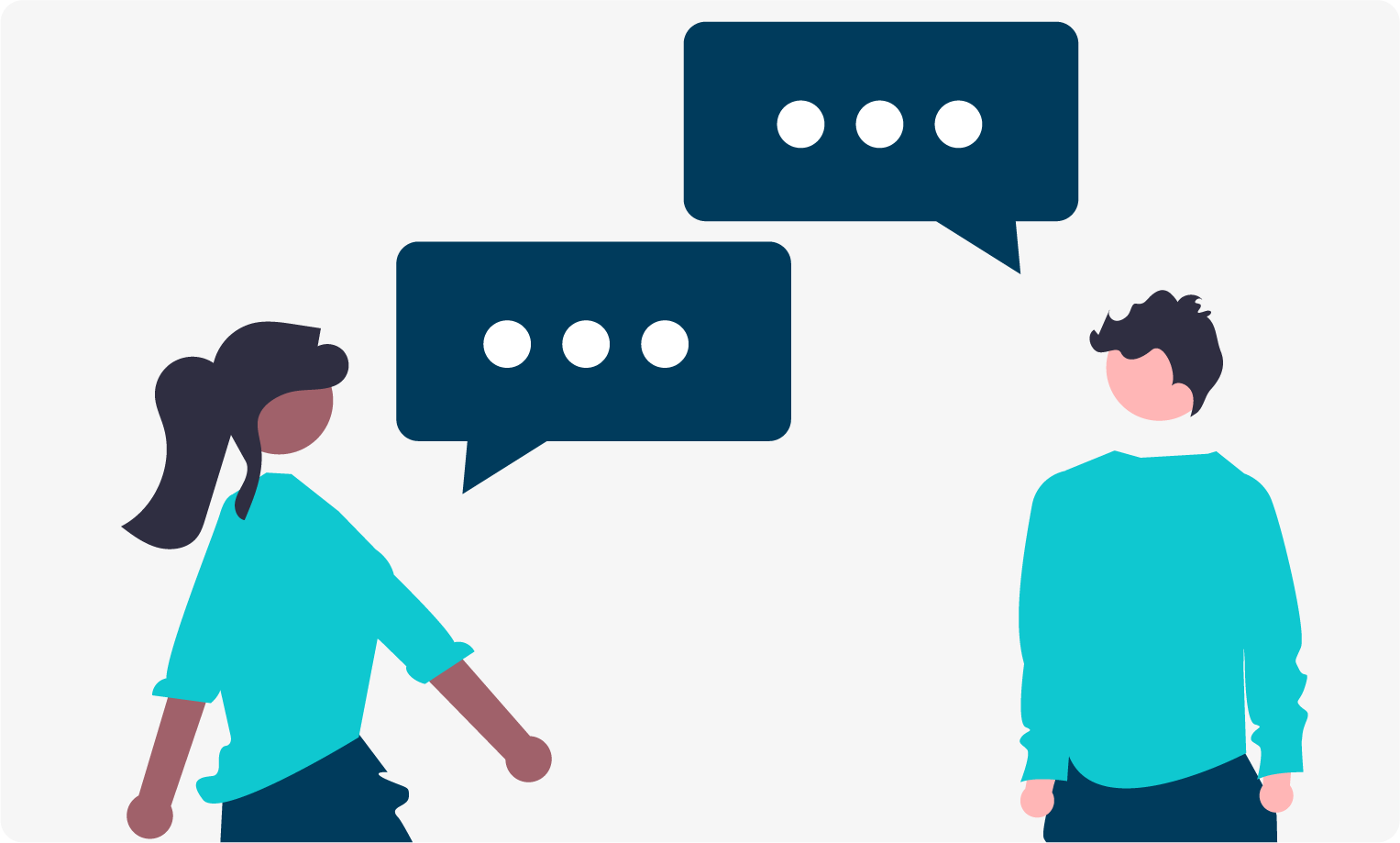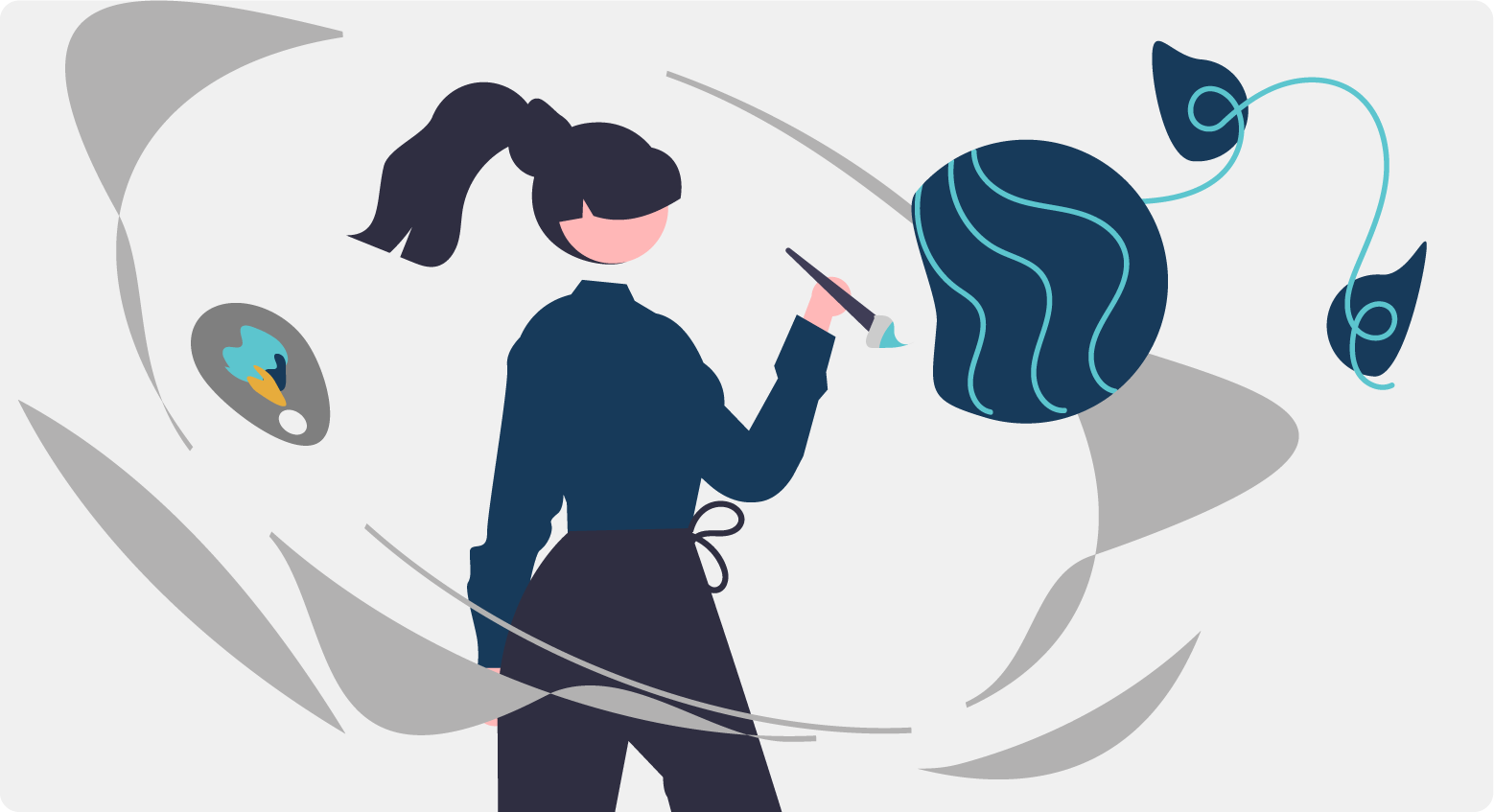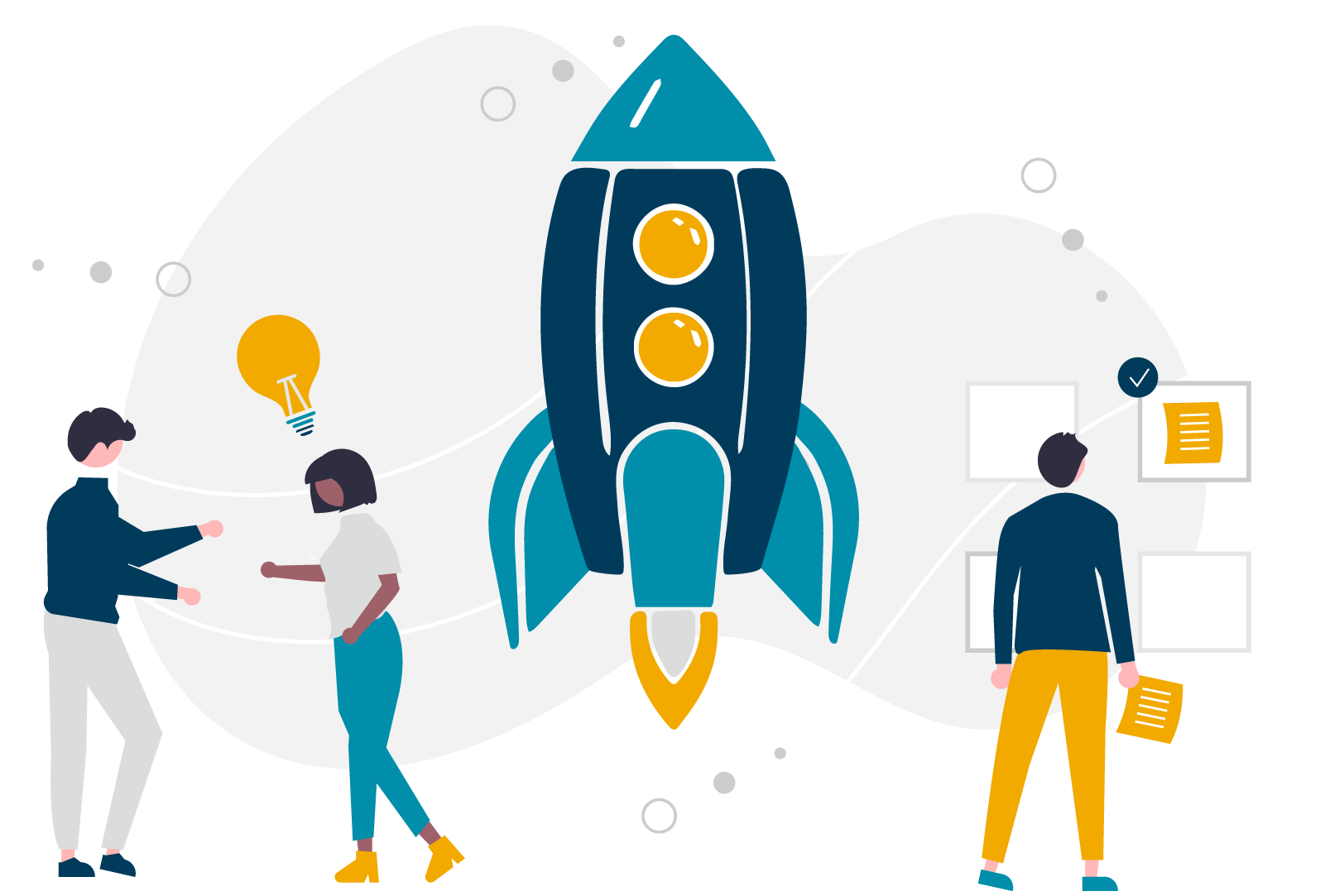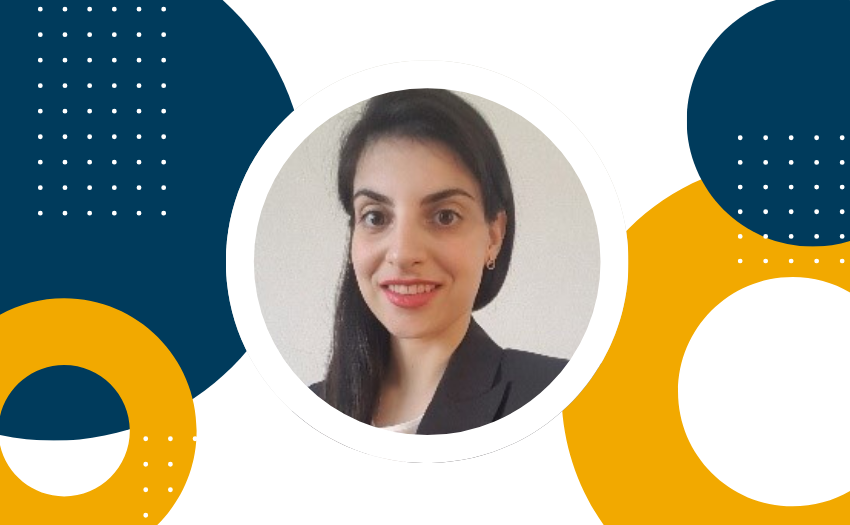Train Executives First
We made a point to invite the C-level–the CEO, the heads of all our major products–to take the class first. It was important that they attend the first class because we needed to make sure they were aligned with the terminology and the approach we were going to teach.
Before the class, the executives asked, "Is there a one-hour version of this that we could go through?" For executives, their currency is time. If something is important, they'll give it time. If it's not important, they won't give it time.
We asked, “How important is strategic product innovation?”
They said, “It's very important.”
So we said, “Okay, if this is a strategic capability that is worthwhile for you, then you will make the time.”
And they showed up for two days of training, which is incredibly rare for executives. Without their commitment, we wouldn’t have been able to make such a big impact.
How Language Fuels Transformation

That first class was transformational. Why? The learning was great, but what happened after was even more important. Those leaders left using new terminology and they went to their teams and said, "Hey, what are the outcomes of this? You're talking in output language." And people were like, "What are you talking about? What do you mean outcomes?"
Because senior leaders were using terminology from the class that no one else was familiar with, it opened the floodgates. People were coming to us, saying, "We need this training."
When people start talking about a thing in a different way and you want to engage with them about that thing, well, you need to know that language. That's where the learning came in.
We taught the class over and over, focusing on language, mindset, and big principles. And we did it in a hands-on way, weaving in the actual strategy of the company.
Leaders as Trainers and Mentors
Big transformations are usually reinforced by leaders inside the organization. They know their responsibility is to build or grow new strategic capabilities.
Transformations can be ignited and sparked by people outside, but a spark is not a fire. How does that spark build momentum? It builds by finding the influencers and by putting a process in place, so people actually apply their learning.
As leaders inside the organization, we knew it was our responsibility to build internal capability. We understood the context, we were able to mentor people, and we had time to give to various teams.
We scheduled a follow-up workshop with each team for one month after the course. People knew we were going to check-in, which created the expectation to apply the learning. What we saw was that even before the month ended, people were asking us, "Hey, here's our strategy. Here are our experiments. What do you think?"
Creating Space for Innovation

Innovation comes from people. You can't create people in training, but you can help them make a mindset shift. The mindset shift here is that innovation is both an art and a science. Before the training, our leaders approached innovation heavily from an art perspective, which manifested as making decisions mostly based on intuition and gut feelings.
One of the outcomes we saw after this training was that many products and projects changed. We realized, "Oh, we were just doing them because we do them every year," versus, "This is really the value or desired outcomes that we want for players."
That was a good sign because a portfolio of products takes up so much time and space, which doesn’t give you a lot of space for innovation. By sunsetting products and saying, "We're not going to do that this year," that gives you space for new value creation.
How Learning Fuels Innovation
We also saw new kinds of products emerge because teams invested more time in chartering a product, grounding in “Who’s our primary audience?” and “How does this product serve them?”
Sometimes just giving the space to think and talk and discuss creates innovation. And that was something we really leaned into, even in how we designed the course.
Technically, you could finish the course in a day, but we insisted that it be two days. We modeled how to give time and space for discussion, debate, feedback, and devil's advocacy. We wanted people to experience it. We wanted to model that when you give people the space and time to innovate, they will.
Because we are questioning why we are doing what we’re doing and challenging each other, our projects are more player-focused, impactful, and aligned with our strategy.
Too often, companies don’t give people time and space because they are focused on efficiency. “We do this every day. We do this every year. We do this every month.”
Well, innovation takes time, takes space, takes failure, and takes debate. And through high-quality learning experiences, you can help people adopt a mindset that facilitates innovation, and give them processes that support innovation.
Read More About ICAgile’s Learning Programs





